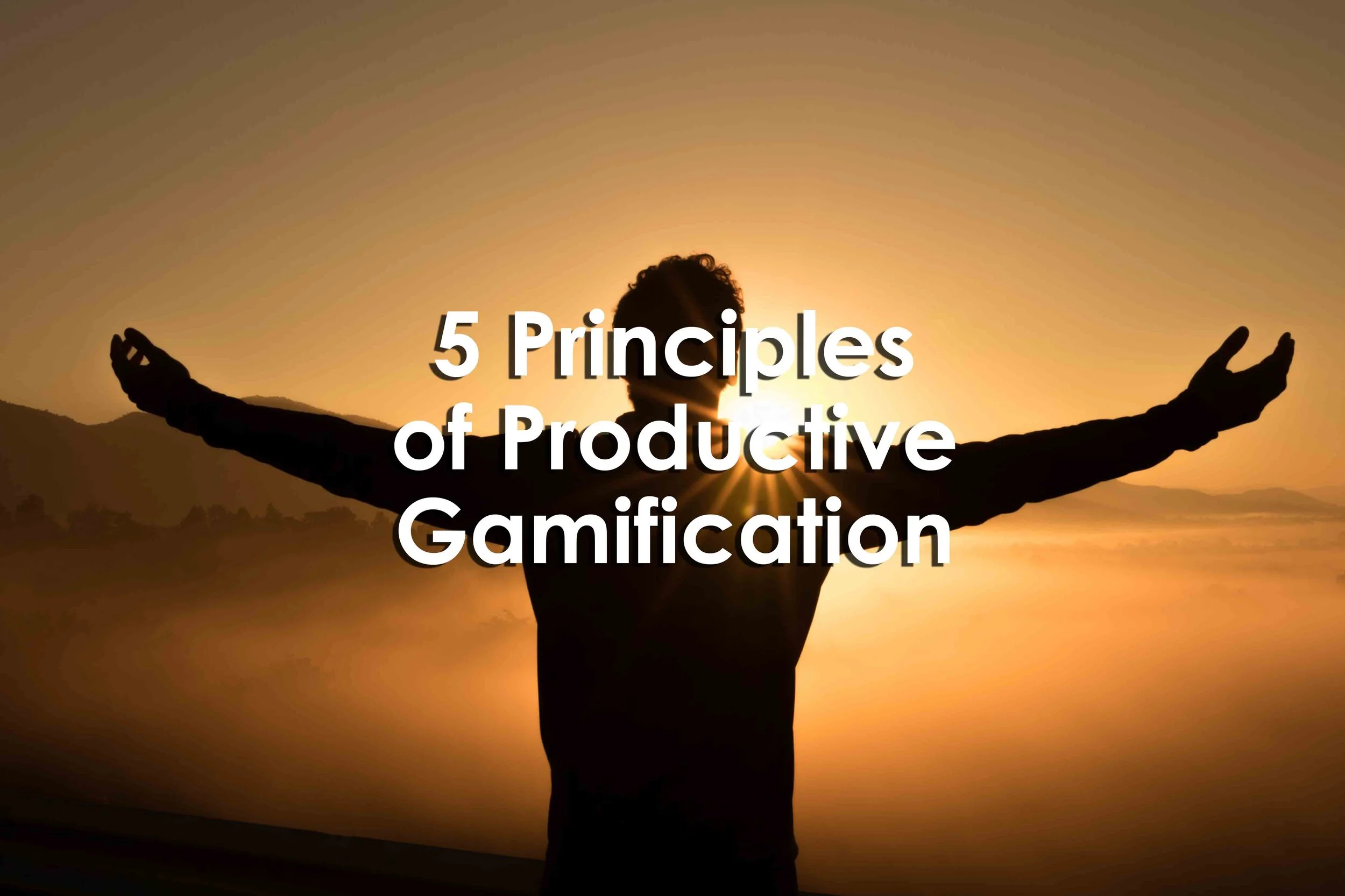5 Principles of Productive Gamification
5 Principles of Productive Gamification
5 Principles of Productive Gamification
The idea of using games for learning is not new but the explosion of game-based adaptive learning systems is not something many people expected. The increasing use of gamification in learning environments indicates that these platforms offer students better engagement and results than traditional learning methods. This explosion is now supported in many areas and it's a trend that's set to grow and evolve significantly over the next decade.
Conceptual Challenges
Gamification is the process of applying gaming principles to non-game contexts for the purposes of learning and advancing intellectual pursuits. Part of this process is conceptual challenges that offer users a context to apply their skills of conceptual creativity.
The best games use a rigorous pedagogy with engaging challenges to encourage conceptual learning rather than basic fact recall. The principles of these games and processes, including words with friends cheat, are to transpose them to alternative learning environments where users can benefit from the puzzles and processes in a different context.
Productive Failure
As with most forms of learning it's necessary to fail before moving forward with new knowledge, creativity, and confidence. If we succeed all the time it encourages complacency and builds arrogance. These are barriers to learning which is why students need to be continually challenged.
The best games encourage creativity and problem solving by operating on various difficulty levels. Gamification supports their failure with instructional feedback and plenty of practice. But the learning doesn't end with this process, students are continually tested.
Careful Calibration
It's important to strike the balance between what students know and what they can achieve. A gaming experience that is too difficult will discourage players, as will one that is too easy. The game must be on the edge between what is possible and desirable for the player.
These are known as productive learning systems and good games are usually calibrated with this in mind. In relation to gamification, a productive learning system is more likely to motivate and encourage students to learn more rather than putting them off.
Boosts Persistence
Gaming by its nature is competitive and engaging, that's if the game is well calibrated and suited to the player's abilities. If so the game will build resilience in the player, along with persistence and skill. Playing these well-calibrated games will prepare students for the real world and virtual challenges in the future.
These skills can be further enhanced using conventional teaching methods that engage students and build classroom bonds. An interactive whiteboard, for instance, can be used for project management tools, a pacing guide, or as an online leader board.
Builds Confidence
Most people enjoy games in one form or another, whether they prefer puzzle games, role-playing games, action-adventure games, or anything else, is usually down to their personality and preferences. When their favorite type of game is transposed to a learning environment it boosts their capacity for engagement and learning.
This helps to build confidence more effectively than other forms of study because it engages the user's brain patterns at a deeper level. Since they already understand and enjoy the format of the environment it makes them feel more comfortable and offers them more agency and efficacy.


